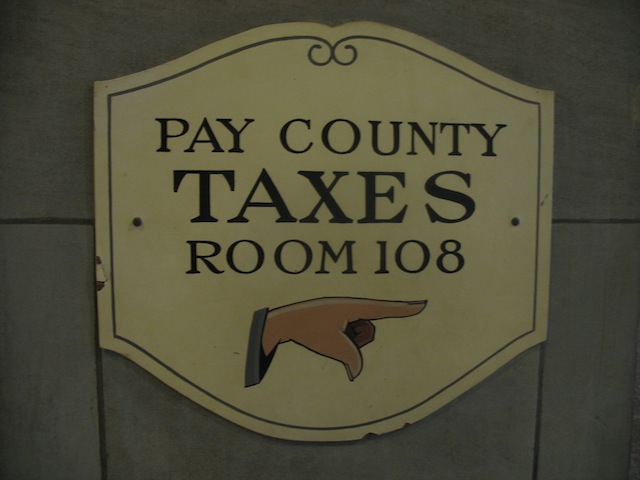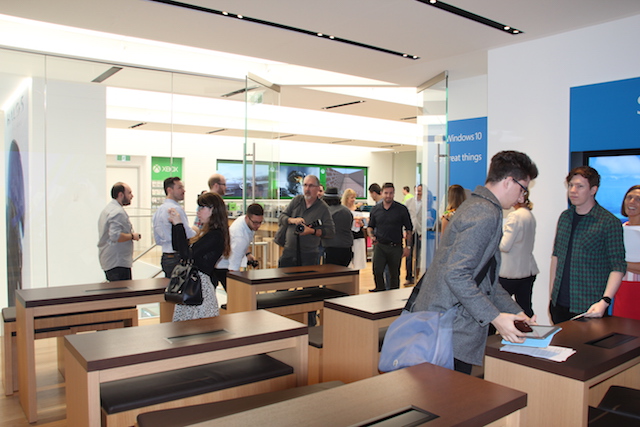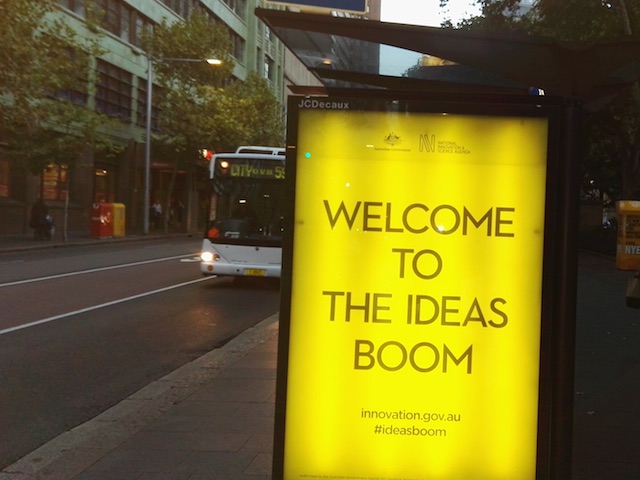Governments are struggling with the new channels of communication and the structures that will manage our societies are far from certain.
Last night the University of New South Wales’ School of Computer Science and Engineering in Sydney held a panel discussion about Digital citizens and the future of government. The group looked at how the open government movement is progressing and how public servants and politicians are dealing with a data driven world.
The panel featured Dominic Campbell, the founder of the UK’s FutureGov who are currently advising the Australian Digital Transformation office; Penny Webb-Smart, the Executive Director of Service Reform for the NSW Government’s clumsily named Department of Finance, Services and Innovation and Amelia Loye, a social scientist who worked on Australia’s first Action Plan for Open Government.
Centralising decision making
One key question for the panel was how governments use data which gives rise to two views. The prevalent view is information systems tend to centralise power – something that has been a feature of the last two centuries – while access to information is a democratising forces that hands control back to individuals and local communities.
Amelia made the point in some respects we’re already at the point where individuals can take control, “the tools for participatory government are already available, we have to start looking at – and talking about – how to use them,” she said.
That conversation certainly isn’t happening at the moment despite the odd blurting of fine words from ministers and public servants and while in some areas government data is being freed up, in others it’s increasingly being hoarded for political purposes or due to ill thought out privatisations.
Commercial in confidence
Private sector data is another problem for the open data movement as many of the functions carried out by governments are outsourced to companies which generally reluctant to share information with the public. This leaves communities with an incomplete picture of the data affecting them.
The main unanswered question in the discussion was the relationship between local and central governments, the panel’s consensus was central government would become more dominant and in the Australian context the states would become irrelevant. This however may not be true.
Centralised government is by no means a given, as the prevailing corporatist ideologies of Western governments strive to cut services it’s likely communities are going to increasingly find ways of delivering those services independent of national bureaucracies and politicians in capital cities.
Cumbersome central governments
Another unspoken aspect was the increasing cumbersome nature of central government. In fast moving economies it’s hard for the decision making structures based in capital cities to quickly react to societal and political changes. National governments may simply be too big to manage the data flows coming into them.
The main conclusion out of the evening’s discussion is there is great uncertainty about the structure of government in the digital era.
Uncertainty over how governments will be shaped by today’s changes isn’t surprising, increased communications and the change in public finances radically altered the role of government last century – the wars and economic downturns of the first third of the century saw the introduction of central government income taxes which central power in capital cities.
Changing communications
Similarly mass media communications, the radio and television, dramatically changed the politician’s role and how citizens interacted with government.
One great mistake today is many of our political, public service and business leaders think the current models are inviolate and fixed when in actual fact they are dynamic systems which are evolving with technology.
Governments are a reflection of the societies and economies they lead. Just as both the economy and society are changing so too will the structures of the public service and politics. We may not recognise some of those changes until well after they’ve happened.






